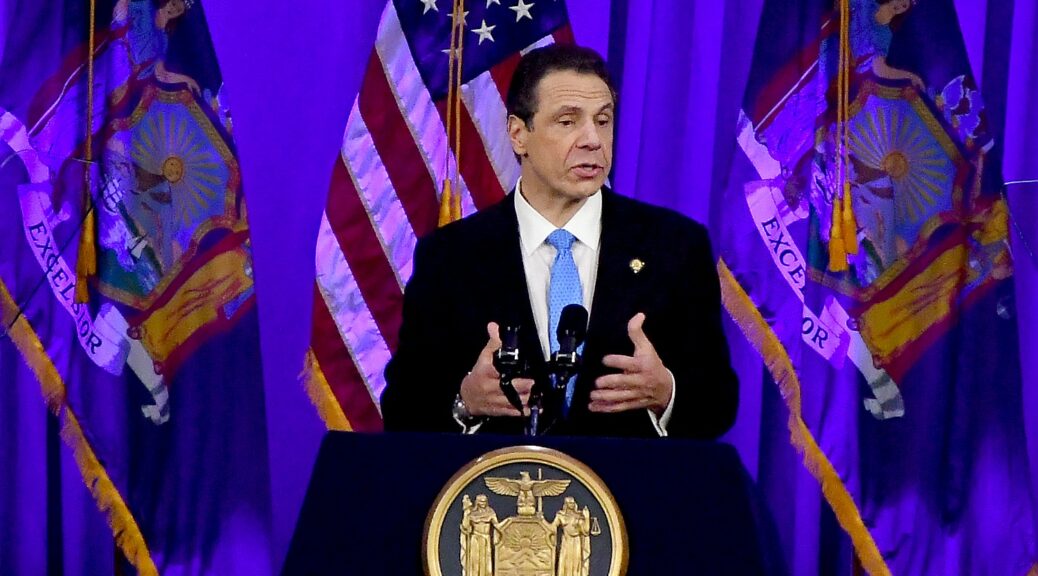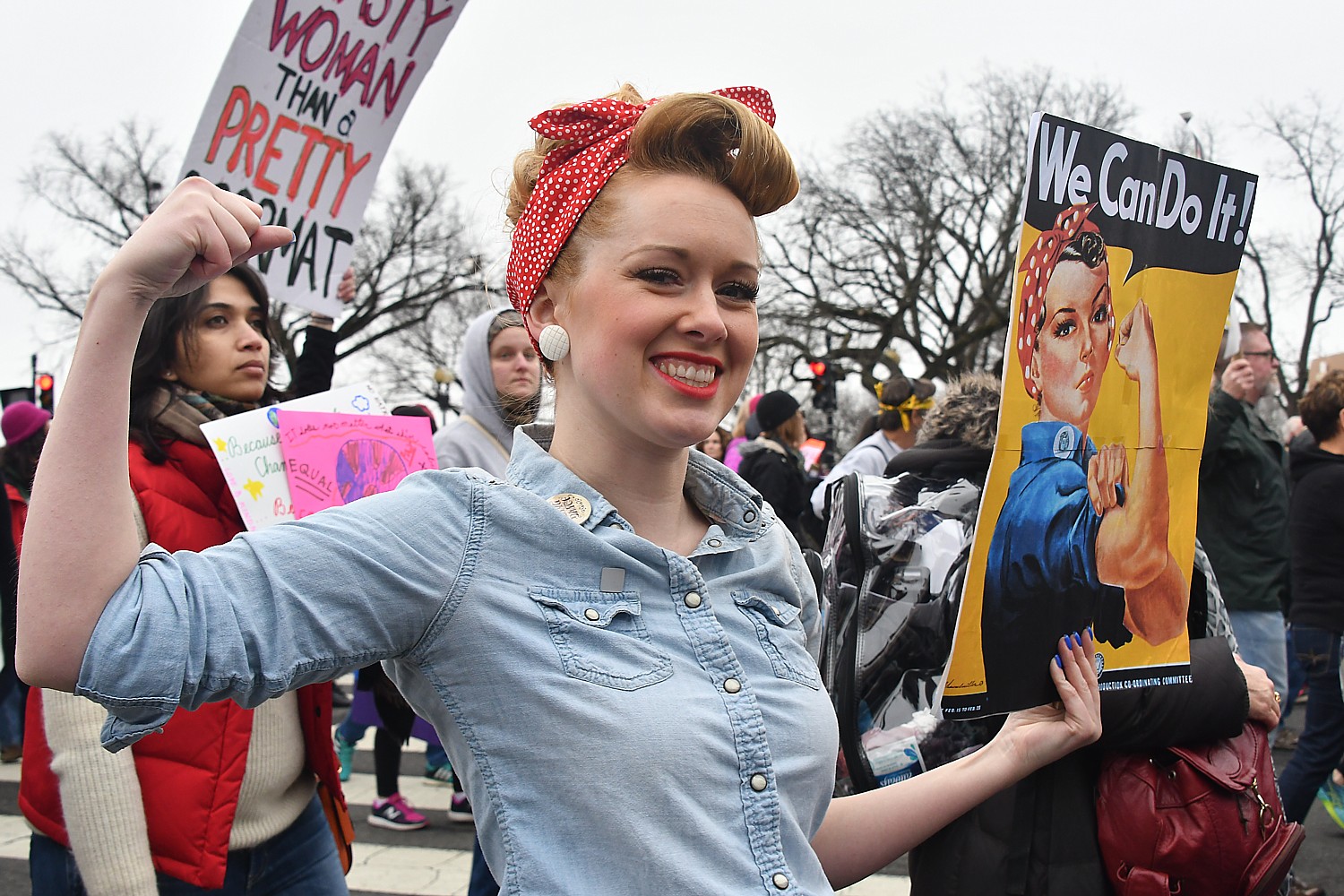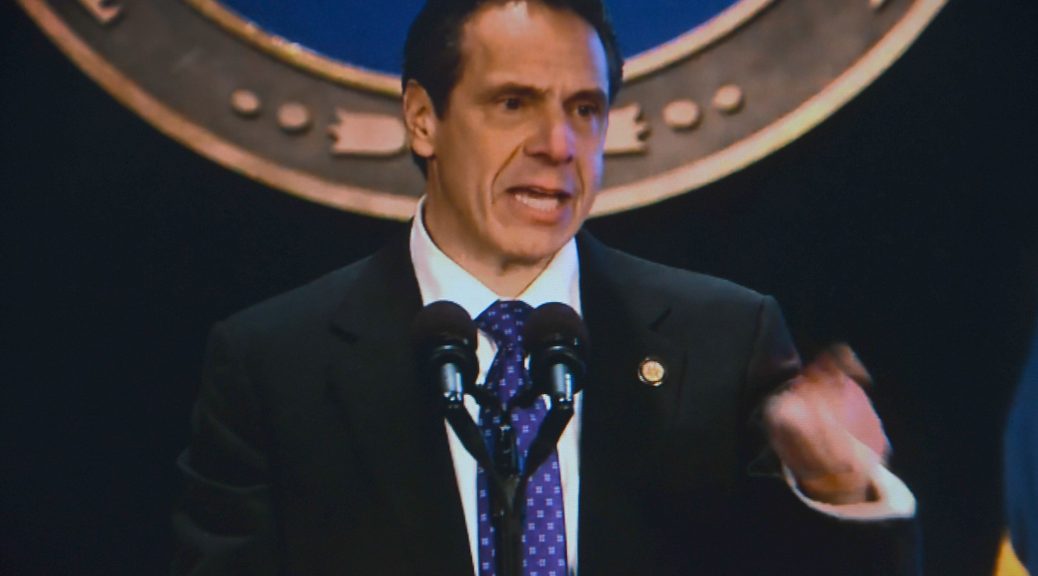
New York State Governor Andrew M. Cuomo took a deserved bow in announcing historic progressive accomplishments during this year’s Legislative Session, delivering on his 2019 Justice Agenda first laid out in December, and calling it “the most productive in modern political history.”
“These sweeping reforms will ensure social and economic justice for all New Yorkers, address the devastating impact of climate change, support New York’s ongoing commitment to workers’ rights, modernize transportation systems across the state, and enhance the Empire State’s nation-leading commitment to gender equity and LGBTQ rights. All of this was done while enacting fiscally responsible policies including holding spending growth to 2 percent for the ninth consecutive year, enacting a permanent property tax cap and cutting taxes for the middle class,” the governor’s office stated.
“Six months ago we laid out our 2019 Justice Agenda – an aggressive blueprint to move New York forward – and today I’m proud to say we got it done,” Governor Cuomo said. “At the end of the day, the only thing that matters is what you accomplish, and this was the most progressively productive legislative session in modern history. The product was extraordinary, and we maintained our two pillars – fiscal responsibility and economic growth paired with social progress on an unprecedented and nation-leading scale.”
Here’s a synopsis:
Climate Leadership and Community Protection Act: This legislation enacts the Climate Leadership and Community Protection Act, creating the most aggressive climate change program in the nation with goals to: reach zero carbon emissions in the electricity sector by 2040; install 9 GW of offshore wind by 2035; 6GW of solar by 2025; 3 GW of energy storage by 2030; and directs state entities to work toward a goal of investing 40 percent of clean energy and energy efficiency resources to benefit disadvantaged communities. Additionally, the law creates the Climate Action Council comprised of the leaders of various state agencies and authorities as well as legislative appointments to develop a plan outlining how the state will achieve an 85% reduction in GHG emissions from 1990 levels by 2050, and eventually net zero emissions in all sectors of the economy.
Permanent Property Tax Cap: Made permanent the 2% property tax cap, building upon the approximate $25 billion in taxpayer savings since it was implemented in 2012.
MTA Money and Management: Funded the MTA with an estimated $25 billion raised through Central Business District tolling, a new progressive mansion tax, and the elimination of the internet tax advantage. Implemented overdue MTA reforms including the developing a reorganization plan, modifying MTA Board appointments to align with appointing authority, requiring the MTA to undergo an independent forensic audit and efficiency review, and calling for a major construction review unit made up of outside experts to review major projects.
Advancing LGBTQ Rights: Governor Cuomo is enacting transformative legislation in support of LGBTQ rights, including the elimination of the gay and trans panic defense—closing a loophole in state law that allowed individuals to use the gay and trans panic defenses after attacking another based upon that victim’s gender, gender identity, or sexual orientation. The Governor also enacted into law the Gender Expression Non-Discrimination Act (GENDA) and a ban on LGBTQ conversion therapy.
Establish a Farmworkers Bill of Rights: This legislation established a farmworkers bill of rights, granting overtime pay, a rest day and the right to unionize.
Enact Additional Sexual Harassment Protections: This package of reforms will lower the high bar set for employees to hold employers accountable under the New York Human Rights Law for sexual harassment by amending the requirement that conduct be “severe or pervasive” to constitute actionable conduct; extend the statute of limitations for employment sexual harassment claims filed with the Division of Human Rights from one year to three years; and protect employees’ rights to pursue complaints by mandating that all non-disclosure agreements in employment contracts include language stating that employees may still participate in government investigations conducted by local, state, and federal anti-discrimination agencies
Expand Statutes of Limitations for Rape: Statutes of limitations on rape cases impose a ticking clock on how long victims are able to come forward if they want to seek charges. Over the last year, victims who have suffered in silence for decades have bravely spoken about their abuse, and also have laid bare the state’s limited ability to prosecute their abusers due to the passage of time. In recognition of this fact, states across the country are lengthening or eliminating the statutes of limitations on crimes of sexual violence. This legislation extends the statute of limitations for Rape in the Second Degree and Third Degree, and expand the civil statute of limitations for claims related to these offenses, allowing victims greater opportunity to obtain justice.
Closing the Gender Wage Gap: Since taking office, Governor Cuomo has fought aggressively to increase safeguards for women in the workplace and close the gender pay gap in New York. This package of reforms includes legislation to expand the definition of “equal pay for equal work” to prohibit unequal pay on the basis of a protected class for all substantially similar work and to close any loopholes employers try to use to pay people less on the basis of their gender, race or other protected classes; as well as a salary history ban, which prohibits employers from asking or relying on salary history of applicants and employees in making job offers or determining wages.
Reauthorize and Expand the MWBE Program: The Minority and Women-Owned Business Enterprise program has been highly successful since its inception, establishing the highest goals for MWBE participation in the entire nation and awarding thousands of state contracts to minority-owned and women-owned businesses. This legislation reauthorizes the MWBE program and extends the provisions of law relating to the participation of MWBEs in state contracts to ensure this effective program continues.
Tenant Protections: This package of reforms, known as Housing Stability and Tenant Protection act of 2019, enacts the most sweeping, aggressive tenant protections in state history, safeguarding affordable housing for millions of New Yorkers.
Remove the Non-Medical Exemptions for Vaccines: The United States is currently experiencing the worst outbreak of measles in more than 25 years, with outbreaks in pockets of New York primarily driving the crisis. As a result of non-medical vaccination exemptions, many communities across New York have unacceptably low rates of vaccination, and those unvaccinated children can often attend school where they may spread the disease to other unvaccinated students. This new law will remove non-medical exemptions from school vaccination requirements for children and help protect the public amid this ongoing outbreak.
Ensuring Quality Education: School aid increased by over $1 billion, bringing total school aid to a record $27.9 billion. In addition, new reporting requirements will address imbalances in the distribution of resources by prioritizing funding at the individual school level in order to advance a more transparent, equitable education system.
Makes the Jose R. Peralta DREAM Act a Reality: Finally opens the doors of higher education to thousands of New Yorkers by giving undocumented New York students the same advantages given to their citizen peers, including access to the Tuition Assistance Program and state administered scholarships such as Excelsior.
Expands Eligibility for the Excelsior Scholarship Free Tuition Program: As the state’s successful free tuition program enters its third year, students whose families make up to $125,000 annually will now be eligible to apply for the program, allowing more than 55 percent of full-time, in-state SUNY and CUNY students—or more than 210,000 New York residents—to attend college tuition-free when combined with TAP assistance.
Criminal Justice Reform: Sweeping criminal justice reform was delivered by eliminating cash bail for misdemeanors and non-violent offenses, ensuring the right to a speedy trial, and transforming the discovery process.
Continued Investment in Infrastructure: Builds upon the Governor’s unprecedented commitment to invest $150 billion in infrastructure projects over the next five years.
Delivering on the Gateway Tunnel Project: This legislation establishes the Gateway Development Commission and creates a comprehensive rail investment program for purposes of the project. This bi-state effort, in cooperation with New Jersey, represents significant progress on a crucial project for our nation’s economy and security while restoring our role as a global leader in infrastructure.
Protecting the Environment: The launch of the Green New Deal—the most aggressive environmental protection initiative in the nation, the ban of single-use plastic bags, launch of the food waste recycling program and investment of an additional $500 million in clean water infrastructure, increasing the State’s historic investment to $3 billion, all of which serves to protect New Yorkers while combatting some of the most pressing threats to the environment.
Keeping New Yorkers Healthy: By codifying provisions of the Affordable Care Act, New Yorkers can rest assured that their health needs will be covered, regardless of Washington’s actions.
Supporting Workers’ Rights: Extended Janus protections to all local governments and guaranteed the right to organize and collectively bargain.
Promoting the Democracy Agenda: To boost New York’s voter turnout and ensure that New York’s elections remain fair and transparent, the following initiatives were enacted this year: synchronized federal and state elections, pre-registration for minors, early voting, universal transfer of registration, and the advancement of no-excuse absentee voting, and same-day registration.
Common Sense Gun Reform: Building upon the SAFE Act—the strongest gun control legislation in the country—additional measures were enacted this year to ensure guns were kept out of the wrong hands, including the Red Flag Bill, ban on bump stocks, and extending the background check waiting period.
Signing the Child Victims Act: The signing of this long-awaited legislation provided necessary relief to child victims of sexual abuse by amending New York’s antiquated laws to ensure that perpetrators are held accountable for their actions, regardless of when the crime occurred.
Closing the LLC Loophole: Closed the LLC loophole by limiting political spending by an LLC to a total of $5,000 annually, which is the same limit as corporations. The new law also requires the disclosure of direct and indirect membership interests in the LLC making a contribution, and for the contribution to be attributed to that individual.
2019 Women’s Justice Agenda Accomplishments: With the passage of the Reproductive Health Act, Comprehensive Coverage Contraceptive Act, and the Domestic Violence Survivors Justice Act, as well as the ban on revenge porn, and strengthened protections for breastfeeding in the workplace, Governor Cuomo continued his commitment to ensuring fairness and equality for women across New York State.
New capital funding investments this year include:
- Full Funding for Extreme Winter Recovery: $65 million in State funding for the Extreme WINTER Recovery program. Provides enhanced assistance to local governments for the rehabilitation and reconstruction of local highways and roads impacted by New York State’s harsh winter weather. This unprecedented infrastructure investment in local roads and bridges is in addition to the $478 million in State funding provided through the CHIPS and Marchiselli programs, and $200 million for PAVE-NY and Bridge NY.
- $120 Million Public Housing Investment: Building on the State’s unprecedented $550 million investment in the New York City Housing Authority, the Governor and Legislature are providing an additional $100 million in capital funding to help support its ongoing transformation while providing $20 million to support housing authorities and other housingoutside of New York City.
- $100 Million for the Lake Ontario Resiliency and Economic Development Initiative: The Governor and Legislature are providing $100 million in capital funding to support the State’s up to $300 million commitment to communities impacted by Lake Ontario Flooding. Launched last month, the REDI Commission is working with localities along the shoreline to identify and support projects that will reduce the flooding risk to infrastructure while strengthening the region’s local economies.
- $20 Million for the Niagara Frontier Transportation Authority: A $20 million capital appropriation is provided to support the first year of a five-year $100 million commitment from the Governor and Legislature to theNFTA to fund a five-year capital plan for maintenance and improvements of Metro Rail.
- Penn Station 33rd Street Entrance: $425 million in capital funding will support the Penn Station 33rd Street Entrance project, and others associated with improvements to the Long Island Railroad. Just last month, the Governor unveiled final design renderings for the new main entrance to Penn Station located at 33rd street and 7th Avenue, which will provide much needed direct access to the LIRR Main Concourse and the New York City Subway.
- $20 Million Investment in Public Libraries: A $20 million capital appropriation to public libraries will help libraries across New York State as they continue to transform into 21st century community hubs.
- $30 Million for Higher Education Capital Matching Grant Program: A $30 million capital appropriation will support the Higher Education Capital Matching Grant Program, which under the Governor’s leadership is enabling independent colleges across the state to make critical investments in their infrastructure and equipment by providing matching capital grants.
- $25 million Security Investment to Protect Against Hate Crimes: A $25 million capital appropriation is included for security projects at nonpublic schools, community centers, residential camps, and day care facilities at risk of hate crimes because of their ideology, beliefs, or mission.





